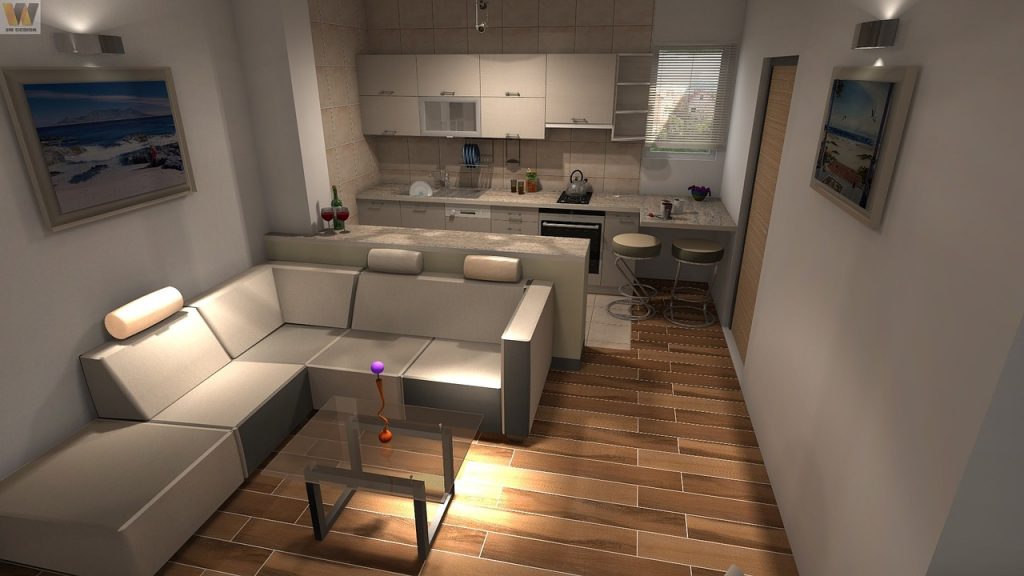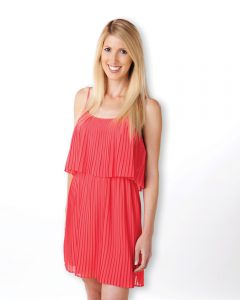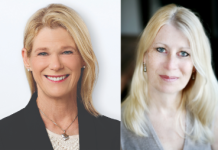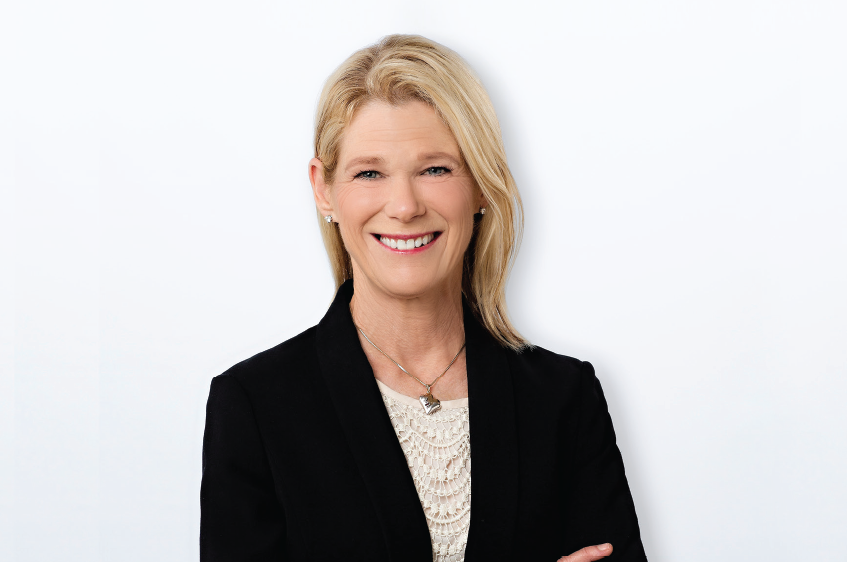
If you’ve ever seen the TV show “Full House,” which was popular on ABC from 1987-1995, you know it was a glimpse into the life of an extended family residing under one roof. Aunts, uncles and cousins lived in the same home, dividing up the space, and more or less lived in harmony. It looks like life is imitating art because a current trend that is becoming increasingly popular and likely to stay that way is multi-generational households.
The fact is multi-generational households are taking on many different shapes in today’s world. There was a recent article by Curbed that went into great detail on the phenomena. There are plenty of elderly people moving in with their adult children instead of into a nursing home or senior living. Then there are adult children moving back in with their parents to save money or help pay the mortgage. Another fad we are seeing is families from other countries immigrating to the U.S. to live with extended family. According to Pew Research, 19% of American households were multi-generational as of 2014. I would hazard to guess that the number has gone up since then, especially as housing affordability has gone through the roof in our area.
In response to the new multi-generational trend, homebuilders have been developing solutions. For instance, Pardee Homes is marketing their GenSmart Suite, which is essentially a private suite in the home is used to assist people who may need the extra space. They offer separate living, dining and sleeping quarters with private entrances. It allows everyone to be in the same home, but also provides seclusion. Lennar is doing NextGen homes, some of which can be found in Irvine, which is also a suite concept that they call The Home Within A Home.
Whatever you call it, the aim is to create a distinct apartment-like unit as part of the living area.
Locally, cities are also adapting to the multigenerational trend. California state law now mandates cities allow accessory dwelling units (ADU’s) in single-family home zoning districts based on certain requirements. ADU’s are basically a secondary living space located on the same parcel that allow homeowners to house family members, in-home health providers, students, elderly, etc., at rental prices that are below others in the neighborhood. This can help homeowners minimize their expenses as well as benefit the person residing in the ADU by allowing them to live in the area they want at a reasonable cost.
Affordability is a major issue in our area and clearly something that is getting consideration from builders and lawmakers. The layouts of our homes are changing and so is the makeup of the people living there. In a future column I will go into more detail on accessory dwelling units in our area and some of the positive and negatives associated with them.
 By Holly McDonald
By Holly McDonald
Holly Schwartz McDonald is a realtor with Villa Real Estate who lives in Newport Beach and has been featured on HGTV’s hit show “House Hunters.” She can be reached at HSchwartz@VillaRealEstate.com.



